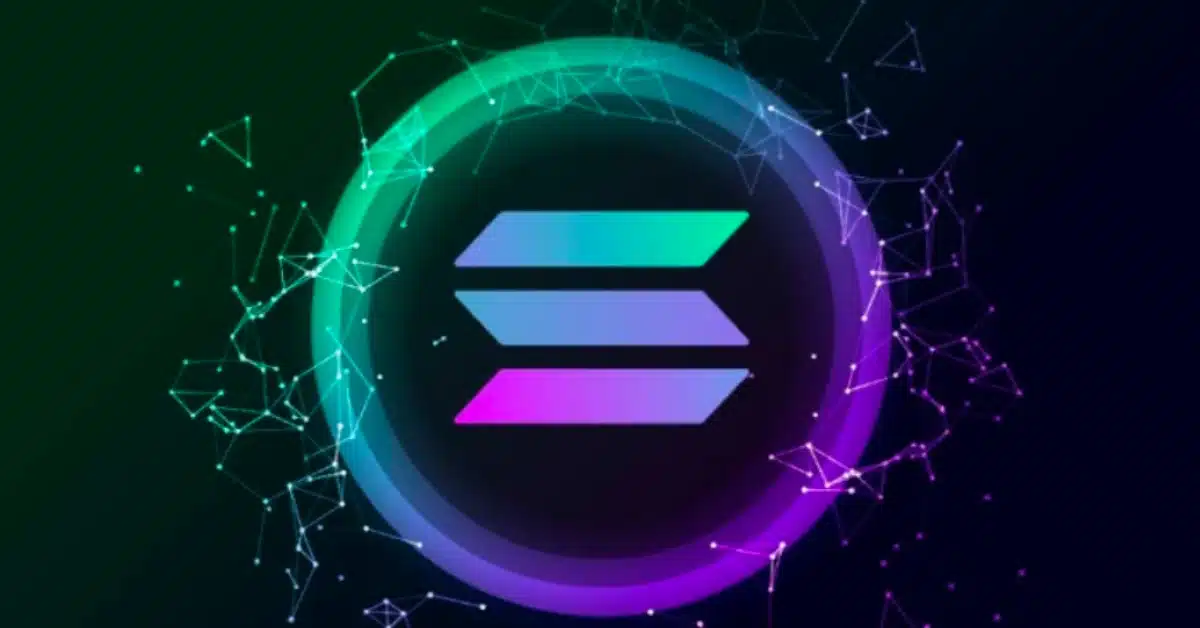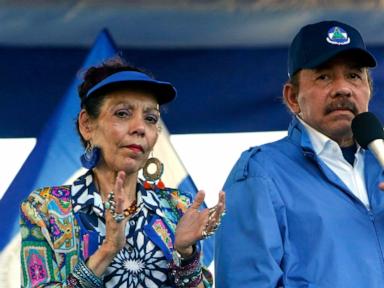ARTICLE AD BOX

- Solana’s Old Faithful archives its full blockchain ledger on Filecoin for decentralized, long-term access.
- Through IPFS and CAR files, users can access Solana’s historical data without downloading everything.
The OldFaithful initiative launched by the Solana network has now archived its entire transaction ledger on the decentralized Filecoin network. Not only is this a technical move, it is also a statement of intent that they want to break away from the dependence on traditional cloud-based storage.
Solana’s Full Ledger, Now Just a Few Clicks Away
The complete archive is now accessible via IPFS in the form of CAR files. For those unfamiliar, this format allows users to grab specific pieces of data without having to download the entire thing. Imagine if you only needed a snippet of a particular block for research or auditing, but you usually had to download hundreds of gigabytes? Well, now you don’t have to.
Solana’s Old Faithful initiative archives its full ledger using Filecoin. The goal is to make @solana's historical data easier to access and verify, without needing to trust centralized cloud providers.
Source: @MessariCrypto pic.twitter.com/BIboQAbviC
— Filecoin (@Filecoin) May 20, 2025
The storage already contains about 250 terabytes of data, and is growing by about 500 gigabytes every two days. In fact, about 50 terabytes of that total is index data, which makes searching and reading data much smoother. On the other hand, this project is also part of an effort to replace the old reliance on Google’s Bigtable, something that has long been considered somewhat “fragile” in terms of decentralized philosophy.
As of the writing time, FIL is trading at about $2.86, slightly up 0.29% over the last 24 hours and its market cap is around $1.91 billion.
Meanwhile, at the same period, SOL is trading at about $168.85, slightly up 0.77% and its market cap is around $3.67 billion.
Archived Data, But Centralization Problems Still There?
Interestingly, this move comes amid a debate over Solana’s validator power structure. The CNF previously reported that 90% to 100% of Solana validator funding still comes from the foundation. That means control of the network is arguably still far from centralized. Well, the new strategy, including archiving via Filecoin, seems to be designed to fix that.
The goal is to increase the Nakamoto Coefficient, a metric that measures how dispersed control of the network is. The higher this coefficient, the more secure the network is from potential manipulation by certain parties.
However, it’s not just Filecoin that’s stirring up new excitement in the Solana ecosystem. Their development team, Anza, recently announced a pretty bold protocol update: Alpenglow.
Replacing legacy consensus systems like TowerBFT and Proof-of-History, Alpenglow introduces Votor and Rotor. The name is funny, but the goal is serious—it shortens block finality to around 150 milliseconds. That’s about as fast as your home internet connection.
Furthermore, there’s a huge outpouring of support from institutional investors. Throughout May 2025, SOL accumulation has been massive. More than 65% of the SOL token supply is now staked, and application revenue during the first quarter reached around 1.2 billion US dollars. For investors, this can be read as a signal of long-term confidence in the direction of this network.
Oh yes, one thing that should not be missed: Chainlink has also just integrated CCIP (Cross-Chain Interoperability Protocol) into Solana. This opens up cross-chain access for assets from the Ethereum ecosystem and other EVMs. If you play DeFi, that means more options, more liquidity, and a more crowded playground.
.png)
 6 hours ago
2
6 hours ago
2








 English (US)
English (US)